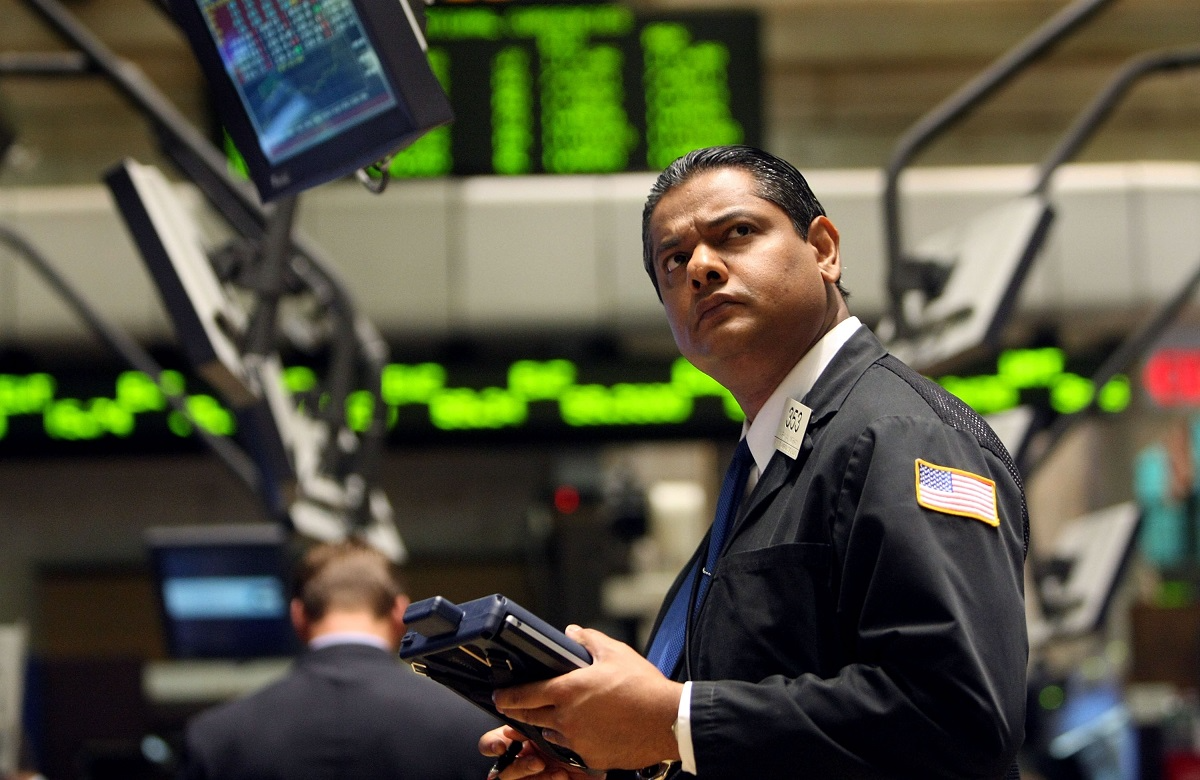
The Crimean crisis appears to be fading from investors' consciousness, as U.S. stocks opened higher on Tuesday, with the benchmark S&P 500 and the narrower Dow Jones Industrial Average (^DJI 0.04%) up 0.41% and 0.43%, respectively, at 10:15 a.m. EDT. In terms of "top-down" factors, the market will watching the Federal Reserve, which convenes its two-day monetary policy meeting today. As far as individual names go, Hewlett-Packard (HPQ +0.43%), Microsoft (MSFT 0.06%), and Amazon.com (AMZN +0.06%) are on investors' radar this morning.
Shares of Hewlett-Packard were up 2.9% this morning after Barclays upgraded the stock to overweight (in other words, buy). Analyst Ben Reitzes wrote that HP could "gain share for several quarters in x86 servers at the expense of IBM/Lenovo, which could also help support sales of 3PAR storage gear." Such gains would boost earnings per share this year. Furthermore, HP is "well positioned for growing buybacks and dividends as it returns 'at least' 50% of free cash flow to shareholders," according to Reitzes. For reference, Hewlett-Packard returned 35% of free cash flow to investors in its fiscal 2013.
It appears that HP's turnaround is actually turning. Without the distraction of headlines concerning serial multibillion-dollar writedowns, investors are finally able to focus on a value drivers (rather than value destroyers): cash flow generation and capital returns.
New Microsoft CEO Satya Nadella is beginning to make his imprint on the company. Nadella is scheduled to hold a press event for media and technology industry executives in San Francisco on March 27; reports suggest he will unveil a version of Microsoft's popular Office productivity software that will run on Apple's iPad.
The decision would represent a break from the monolithic, defensive strategy Microsoft adopted under Nadella's predecessor Steve Ballmer. It suggests the new chief recognizes that Microsoft's competitive strength lies in software rather than consumer devices. With the shift away from PCs toward mobile devices, Microsoft has struggled to adapt to a new environment that isn't built around the Windows operating system. This decision -- assuming the reports are accurate -- was a long time coming, but it's the right one.
Speaking of hardware and industry shifts, Amazon.com will begin selling a device to stream video in early April, according to The Wall Street Journal. The device will compete with Roku, Apple TV, and Google's Chromecast, but Amazon has a secret weapon: its Prime subscriber base, which totals more than 20 million. According to the Journal, the device would probably include incentives for Prime members (last week, Amazon announced it was raising the cost of a Prime membership). Amazon is showing enormous savvy with its digital strategy; the combination of the Prime model and its original content and hardware is beginning to look very powerful indeed, as the company continues to make headway into our living rooms.








